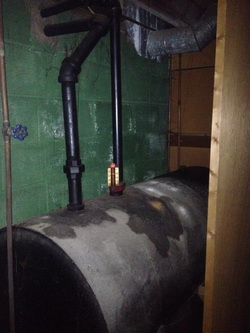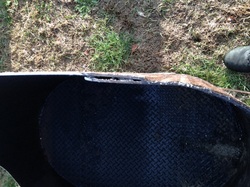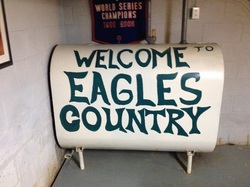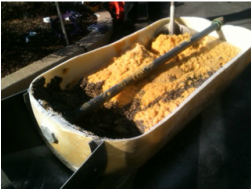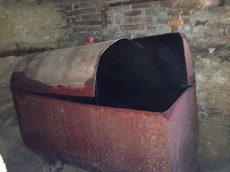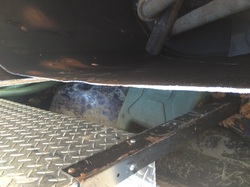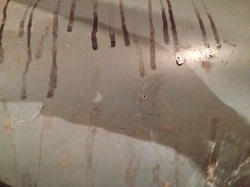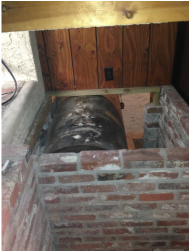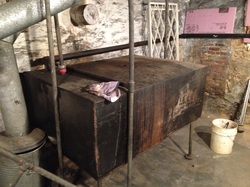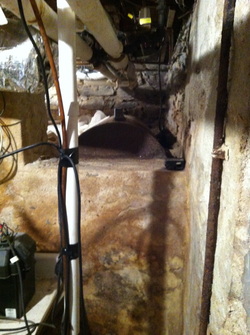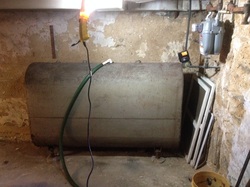
Now that the snow has melted and everyone is coming out of hibernation, we can get back to work. One of our recent jobs, pictured here, belonged to a property owner who switched to gas heat over 15 years ago and the tank was left with almost 100 gallons. Heating oil is dyed red so that is can be identified as such. When the heating oil sits for several years, as it did in this tank, the dye breaks down and the oil turns to a yellowish color. Also, we found that one of the back legs was rusted through and the tank was leaning against the wall. A potential environmental hazard was avoided and we created another happy customer.
